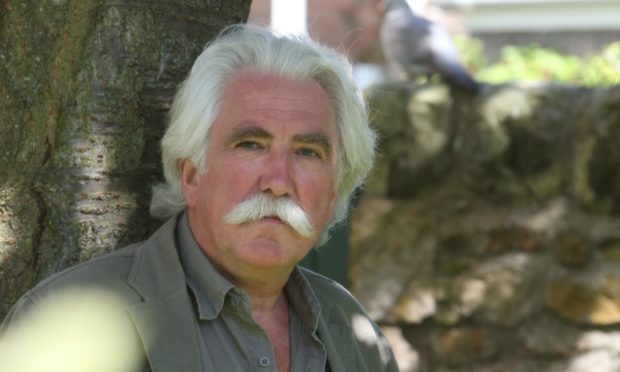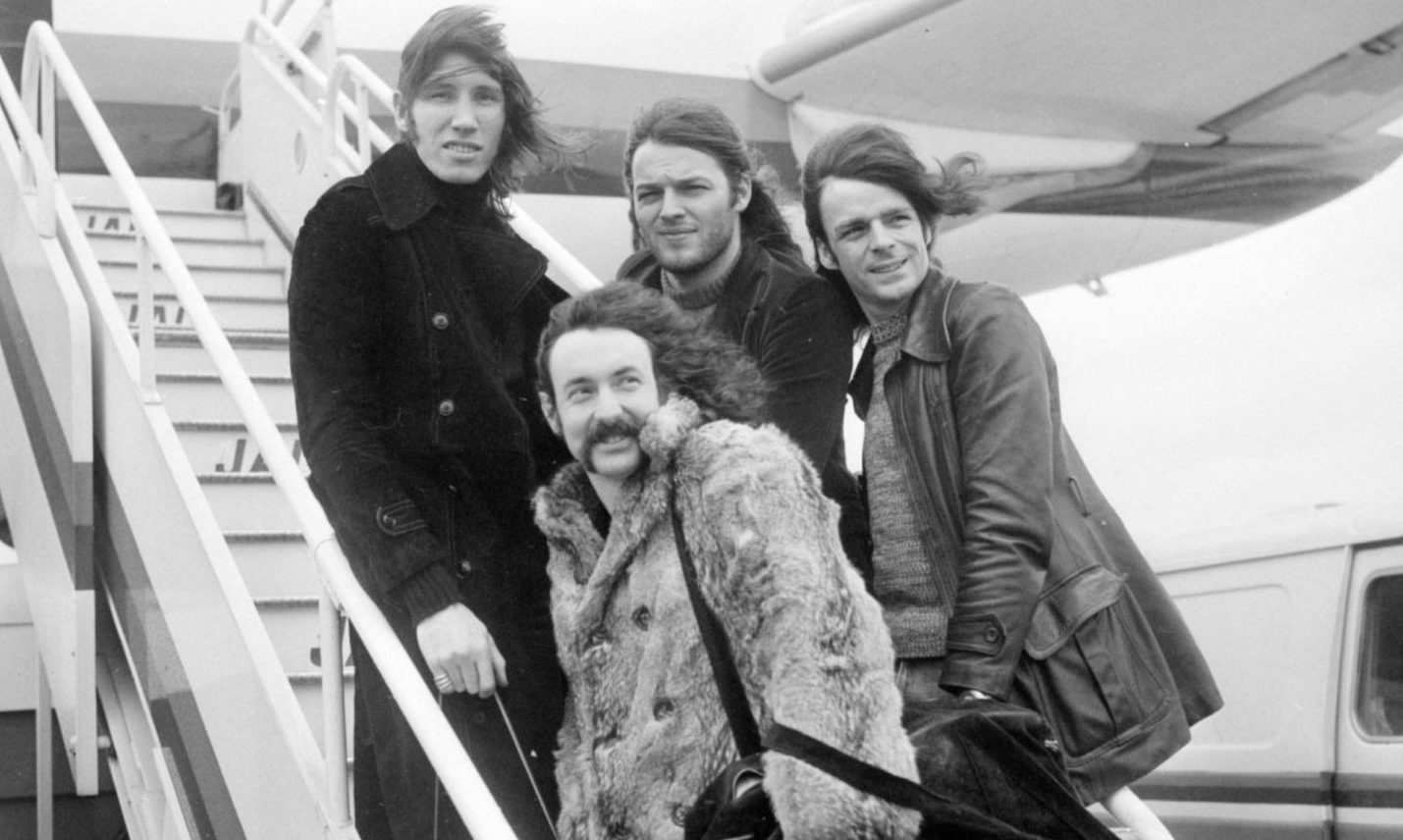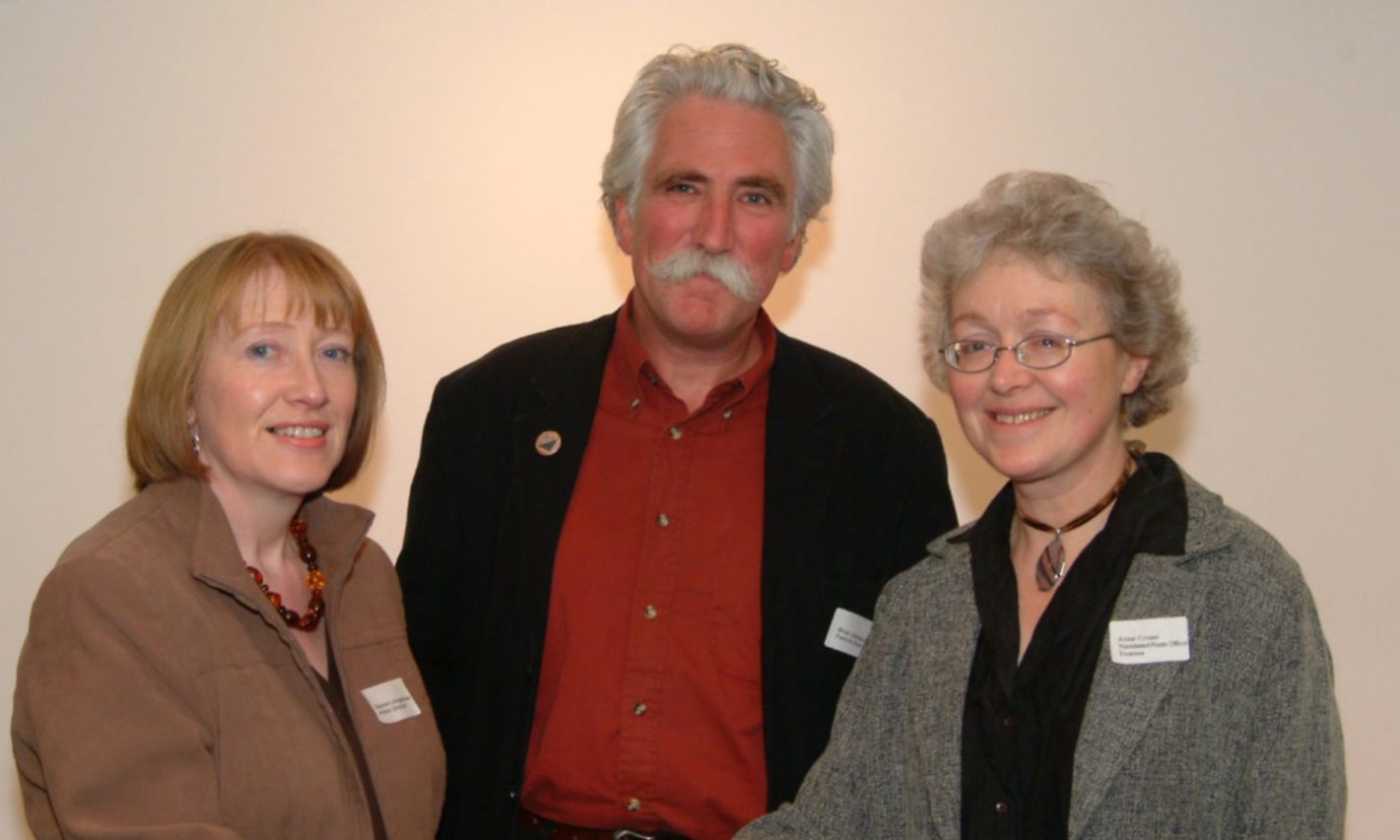Brian Johnstone who brought Pink Floyd to St Andrews University, established himself as an internationally acclaimed poet and was a founder of the StAnza festival has died aged 70.
He began his literary career with a reading at the Edinburgh Fringe aged 18 and in the decades that followed produced four collections of poetry, a memoir and anthologies among a much-feted body of work.
Brian studied at St Andrews University and retained a strong connection with the town throughout his life.
His friends are now planning “a massive” poetry festival in his honour, likely to be in St Andrews in the autumn and with an international guest list.
In 1988 and already established as a poet, he helped deliver the first StAnza poetry festival in St Andrews and went on to serve as director between 2000 and 2010.
The first festival was a small-scale event but Brian help it grow into the major Scottish cultural event it is today.
StAnza trustee Drew Clegg, who had known Brian from their student days said his organisational skills were evident from a young age.
“When he was an undergraduate, Brian was entertainments convener at the university and brought Pink Floyd to St Andrews in 1969.
Powers of persuasion
“Back then you might have seen the Floyd in London at the Roundhouse or in Paris or Berlin but St Andrews?
“Brian charmed them over the telephone and they came, and, in that youthful moment, we can see the quintessential Brian Johnstone.”
Brian Johnstone was born in Edinburgh in 1950 and was educated in the city before studying for a degree in humanities at St Andrews University.
While an undergraduate he met his future wife Jean, who was studying at Edinburgh University.
She left the capital after a year of studies and enrolled at St Andrews to be with Brian. The couple were together for 50 years.
After graduating, Brian started work as a primary teacher in Fife and taught for 22 years until he returned to serious writing in the early 1990s.
Mr Clegg said: “His work conveyed a distinctive voice that picked out the detail and nuance of life. He owns a reputation that will grow and grow.
“And poetry was but one of Brian’s superbly honed skills. He was a first-rate photographer and the detail in his poems, little things caught in a rare light, things most of us would never even notice, is a consequence of the countless creative hours he spent behind the lens.”
International guest
While Brian was a regular at poetry festivals the world over from Canada to Nicaragua and Italy, he also collaborated with musicians in stage performances.
Mr Clegg said: “Brian had a deep love of jazz and would provide the musicians with his poetry to interpret. They would back him on stage while Brian gave live solo performances of his work. These performances continued until two or three years ago.”
Brian also worked with composers Rebecca Rowe and Richard Ingham to bring his poetry to musical audiences and in 2015 he was shortlisted for Creative Scotland’s Gavin Wallace Fellowship.
In 1991 he helped found Edinburgh Shore Poets and from 1998 to 2003 he taught creative writing in poetry for St Andrews University’s centre for continuing education.
Fellow StAnza festival founder Anna Crowe said: “Brian was a man of great generosity and human warmth, with a gift for making friends.
Distinctive voice
“With his artist wife, Jean, he welcomed many visiting poets to their house in the Fife countryside. He was a dedicated poet with a distinctive voice and passion for memorialising what others might overlook.
“His interest in music and art led him into fruitful collaboration. Brian will always be remembered as the man who made StAnza happen.”
Eleanor Livingstone, who worked with Brian as artistic director and succeeded him as StAnza director, said: “He devoted huge amounts of time and energy to the festival and this enthusiasm was catching.
“His love of music and visual art shaped the inclusion of cross-arts element at the festival which became one of its unique features.”











